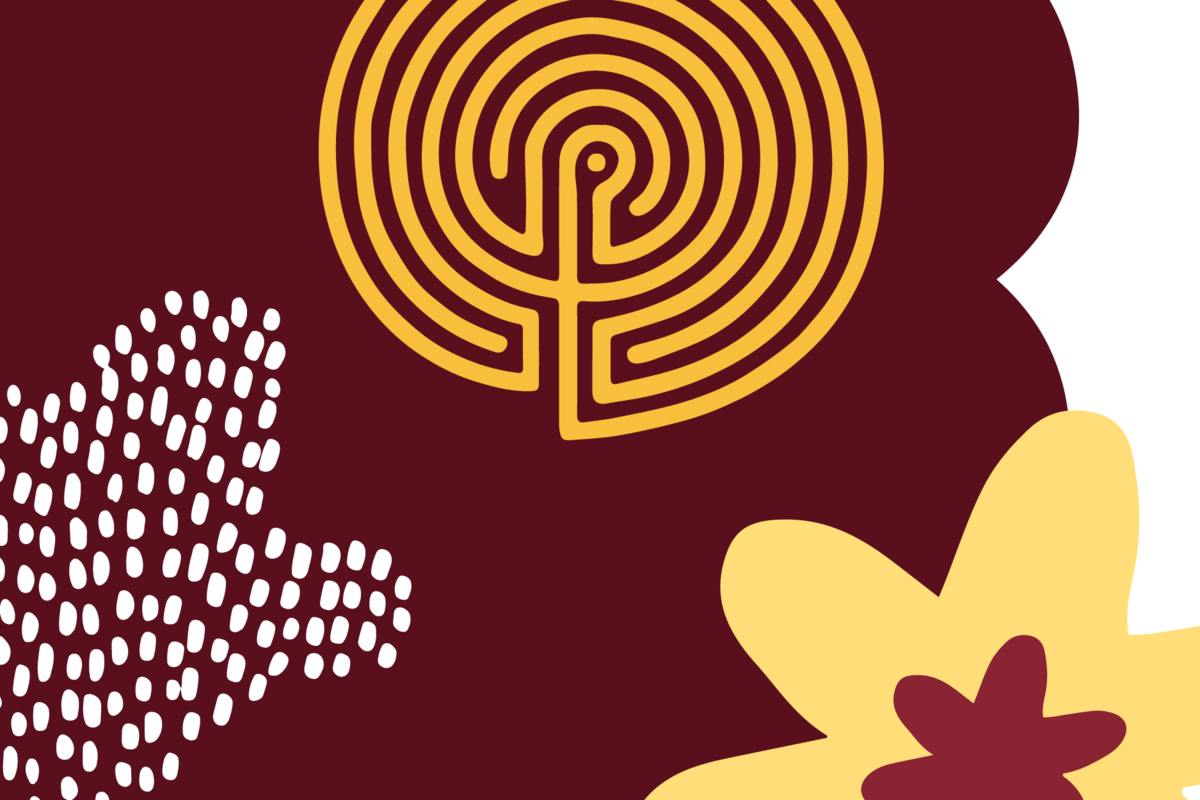CSH Mindfulness Newsletter – Issue 31, Mindfulness of the Eight Senses
October 1, 2022
Louise Delagran
Did you just read the title and wonder how there could be eight senses? You probably named five senses right away: sight, sound, taste, smell, and touch. But what about three more? Do you have any ideas?
When I wrote that title, I was thinking of psychiatrist and researcher Dan Siegel’s Wheel of Awareness and the eight senses he identifies there. Each sense is a possible object of attention during meditation. So apart from the first five, Siegel identifies the interior of the body as the sixth sense. The seventh is mental activities, and the eighth is our sense of interconnectedness with other people and the natural world. As a group, these eight senses represent the objects we can be aware of. In a visual of his wheel, Siegel places the eight senses around the rim of the wheel. The hub of the wheel is awareness itself –the knowing of the senses.
I have found the practice of noticing the eight senses, one after another, very helpful when I am restless or conversely, numb, so I thought it might be useful to share my experience. Please note that the practice tips I provide below are just an account of my mindfulness practice: I am not an expert on Siegel’s approach or theory. Siegel offers a visual of his Wheel of Awareness and guided meditations for free on his website.
The practice of paying attention to the eight senses may help you collect and calm your mind and experience a sense of compassion and connection. Try it out for yourself and see what you discover!
Four Qualities to Investigate When Practicing with the Wheel of Awareness
The following are four qualities you might notice and explore when practicing the Wheel of Awareness as part of a formal meditation, or more informally throughout the day as an in-the-moment reflection.
- Collection The practice starts by settling in and sensing the rhythm of the breath, then focusing the attention on the bodily senses, one by one (sight, sound, touch, taste, and smell). I find that directing my attention to each of the five bodily senses in turn gives my mind something to do, which combats my somewhat habitual restlessness. Because I am moving through the senses fairly quickly, I find I can focus more easily. As I tune into the experience of these five senses, I find I am naturally more aware of each. I notice more. Paying attention to touch, for example, I realize how pleasant a light breeze feels on the skin of my arms. Noticing sound, I hear how quiet it is when the windows are closed, and the bird song shut out. Noticing taste is interesting—I am not sure what I taste when I am not eating. The experience of attending to the first five senses collects my focus.
Can you sense taste when you are not eating? Perhaps pause for a moment as you read and explore what you are tasting—or choose one of the other first five senses and notice what you experience. What happens as you explore?
- Curiosity Siegel then suggests we move our focus to the sixth sense, the interior of our body, becoming aware of the sensations inside our physical being, from our muscles and bones to the feelings in our organs. I am curious about this: how do I experience my inner organs? I can feel my heart beating and my lungs expanding and contracting—but that is more from the outside. I can feel my stomach when it is uncomfortable, but not otherwise. This is very interesting to me—I live with these organs every minute of my life, but they are unknown to me. I find that my curiosity brings new energy to my mindfulness.
What can you feel when you try to sense your inner organs? Does this spark your interest--and if so, how does that interest impact you?
- Calm Sitting with the invitation to really feel my heart or listen to my gut also creates a natural focus and ensuing calm. This is true also when I turn my attention to mental activities. Siegel invites us to become aware of what enters our mind—any thoughts or emotions, and then to note how they come and go. By this point in the meditation, my brain has slowed down, and I can see the flow of familiar thought patterns, which for me are often planning or fantasizing. I can greet them, as poet Rumi says, as guests.“A joy, a depression, a meanness, some momentary awareness comes as an unexpected visitor. Welcome and entertain them all!”
What are some of your brain’s patterns? What happens when you just allow them all?
- Connection As I watch my mental activity, I experience compassion for my restless brain. Compassion also naturally arises when I contemplate the eighth sense: interconnectedness. Siegel suggests we start by focusing our awareness on the people physically close to us, then expand to those further away, those we feel close to, then others we know, finally widening the sense of connection to include all living beings. On my own, I work with this in different ways. Sometimes I think of specific people and send them words of loving kindness. Sometimes I simply hold them in my heart and listen. And sometimes when I am very calm and collected, as I expand my awareness to larger groups, I have a sense of my own body expanding, dissolving boundaries, so self is not separate from it all.
What is your experience of interconnectedness? How does it change with practice or situation?
Rather than working through this whole process, you may wish to just pick one of the senses or questions and pay attention to it as you go about your day. Or you might simply wish to listen to Dr. Siegel guide you through the wheel. However you choose to explore this awareness practice, bring some curiosity to your reflection and be open to what you may find!


